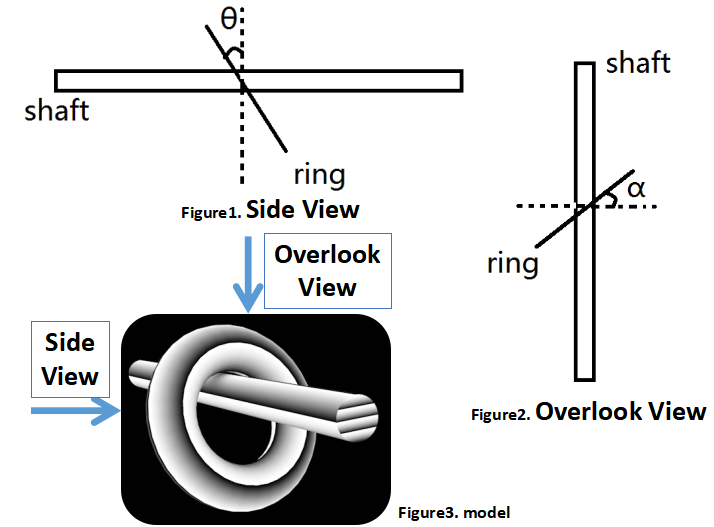Ring on a rotating shaft!
An oiled horizontal cylindrical shaft rotates around its own axis at a constant speed. A ring with the inner diameter twice the diameter of the shaft is placed on the shaft. Depending on the tilt of the ring, it can travel along the shaft in either direction.
What is the quantitative relationship between relevant angles and the velocity or acceleration of the ring along the shaft?
Here we assume that the friction coefficient between the ring and the shaft is constant.

No vote yet
1 vote
Easy Math Editor
This discussion board is a place to discuss our Daily Challenges and the math and science related to those challenges. Explanations are more than just a solution — they should explain the steps and thinking strategies that you used to obtain the solution. Comments should further the discussion of math and science.
When posting on Brilliant:
*italics*or_italics_**bold**or__bold__paragraph 1
paragraph 2
[example link](https://brilliant.org)> This is a quote# I indented these lines # 4 spaces, and now they show # up as a code block. print "hello world"\(...\)or\[...\]to ensure proper formatting.2 \times 32^{34}a_{i-1}\frac{2}{3}\sqrt{2}\sum_{i=1}^3\sin \theta\boxed{123}Comments
There are no comments in this discussion.